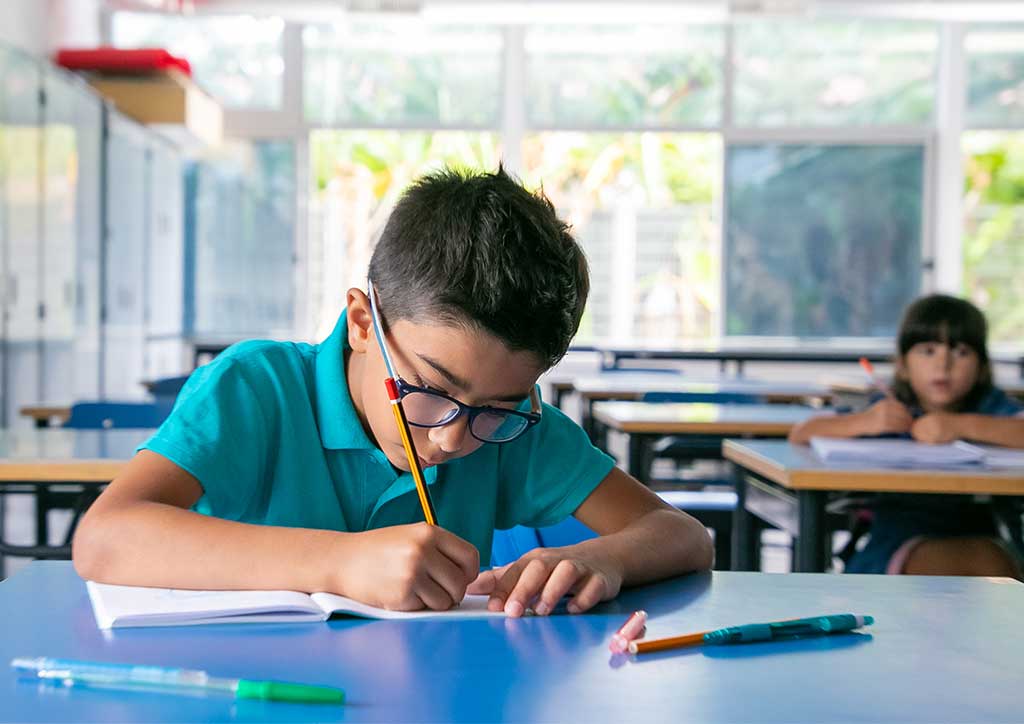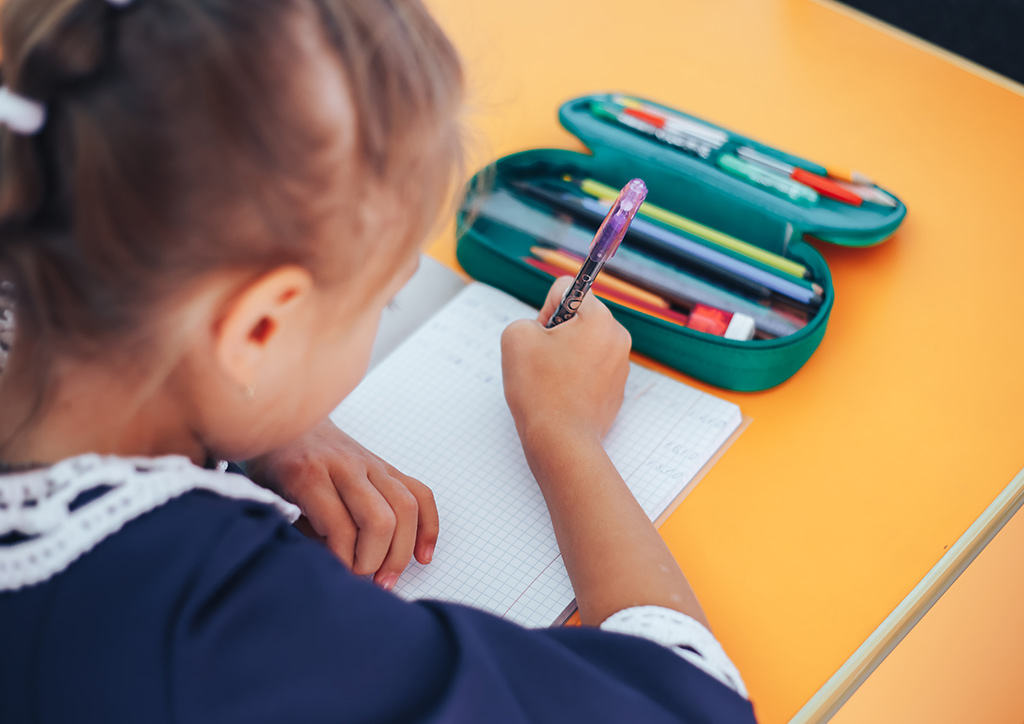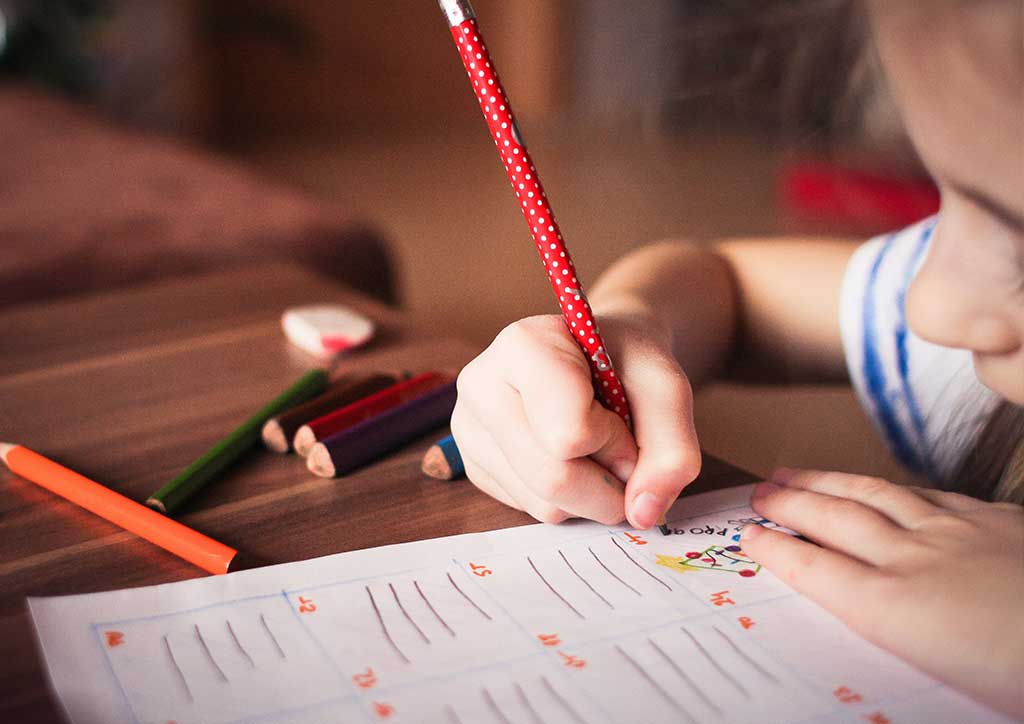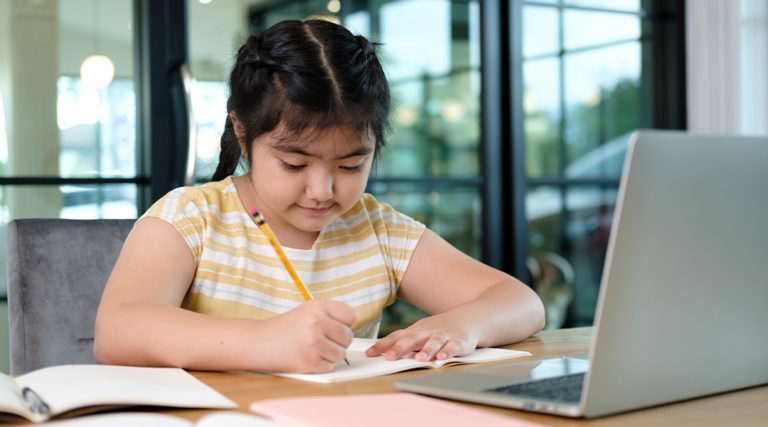Kids
Traditional vs. Progressive Schools: Which is Best for Your Child?
Stuck between sending your child to a progressive or traditional school? This might help.
During the old days, learning in school had only two choices. You either study and adapt to the traditional system or suffer the rest of your life as a kick-out. But today, our kids are lucky that new schools and even some of the old schools are changing their approach to teaching. This is in hopes of providing the best education they can for them. And for us, by giving them the best education we can, they get to go to the best college or the best college of their course. But what is the best education for your child?
We’ve narrowed it to the two: traditional vs. progressive learning.
Traditional: Learning with Structure
“Traditional structure works if you know your child is physically strong and can fight for themselves,” says Marie, a mother of two girls who’s dealt with both traditional and progressive styles of teaching. “Putting them in a traditional school teaches them that the world had structure and that there are rules to follow.”

Traditional learning focused on transferring life skills through memorizing and embedding the lessons into kids until it became instinctive to them. It’s why traditional learning often had a lot of worksheets and recitations. By having kids doing everything, again and again, they’ll eventually be able to do it without really thinking about it.
This would probably work with some subjects like Math which has a lot of addition, subtraction, division, multiplication. And in the real world, we’re doing 5-digits or more. It also helps if the subject has a strict process follow like, baking (wherein one ingredient can make your cake go bad) or one little stroke in Chinese writing gone wrong changes the meaning of the whole word.
What’s wrong with traditional learning?

But some studies have shown that traditional learning only teaches kids executive knowledge. Meaning, yes, they can do it. But, if you ask them to explain what they did or if they understood it, they can’t. Some countries even consider traditional learning to be more forceful wherein there’s only one way to do things.
Another issue some people had with traditional learning is that it didn’t work for everybody. It believes that all things are held constant which means all students learn the same way and rate which we know is not the case.
Progressive: Student-Centered Learning/ Alternative Learning
Progressive learning has two elements: pacing and association learning. While traditional learning uses structures as a guide, progressive learning looks at how fast kids learn while linking it up to other subjects. Unlike the linear structure found in Traditional Learning, Progressive Learning encourages imagination in children. Like if you’re teaching your kid how to write but they like video games? Make them write a video game plot stemming from a video game they like!

Progressive learning’s also known as the style that’s based on Developmental Psychology. Some schools even state what learning theory they use. Bricks used Vygotskian Theory which was a focus on Social Learning, meaning kids learn with the teacher by doing the tasks together. Piagetian school focused on Piaget’s Theory wherein the way kids learn depends on the stage they’re on and is measured how well they can understand abstract concepts.
Multiple Intelligence School focuses on Gardner’s theory of Multiple Intelligence wherein each kid has a particular way of learning based on the 8 different types: visual-spatial (seeing), verbal/audio (listening), kinesthetic (using their bodies), musical (understanding rhythms and tones), intrapersonal (reflecting and thinking), interpersonal (engaging other people), and naturalistic (experiencing it for themselves). Another advantage progressive learning has is the speed wherein they acknowledge that each student is distinct in learning.
“Kids learn at different paces and I don’t want him to be forced to a certain speed of learning yet. Like pre-pandemic, he could barely write his name when a lot of his classmates already could. He can now and he enjoys writing but I feel like if we forced it back then, it might have turned out differently or it might be something that’s a chore more than something he does of his own initiative,” says Mon about her son in preschool.
Issues with Student-Centered Education: Too soft?

However, some people frown on progressive learning because it doesn’t reflect the hardships of real life wherein there are rules to be followed. They feel it’s too forgiving and it “makes kids weak” because the teachers are always appealing to the kids. Some even say that progressive learning is for the “kick-outs” of the traditional learning system. Then, there are also those who stigmatize kids who come from progressive learning as those who have developmental delays when in reality, we’re just more mindful of how our kids learn.
You know your child’s learning style best!

When it comes to the whole traditional vs progressive education argument, we have to remember that kids have different ways of learning. We know that not all our kids (even if they are siblings) learn at the same rate let alone like the same thing, even if they are twins. Both systems have their pros and cons and there will be a lot of trial-and-error, especially when finding that perfect school. At the end of the day, traditional vs progressive, we choose a school with our kids to help them grow to the best of their ability.
Still not sure about what kind of classes and activities your kids would like to do? Check it out here:
UPDATED: 5 Kinds Of Summer Online Classes To Challenge Your Kids
6 of The Biggest Homeschooling Myths, Busted
Preschool Online Learning – A Year After





